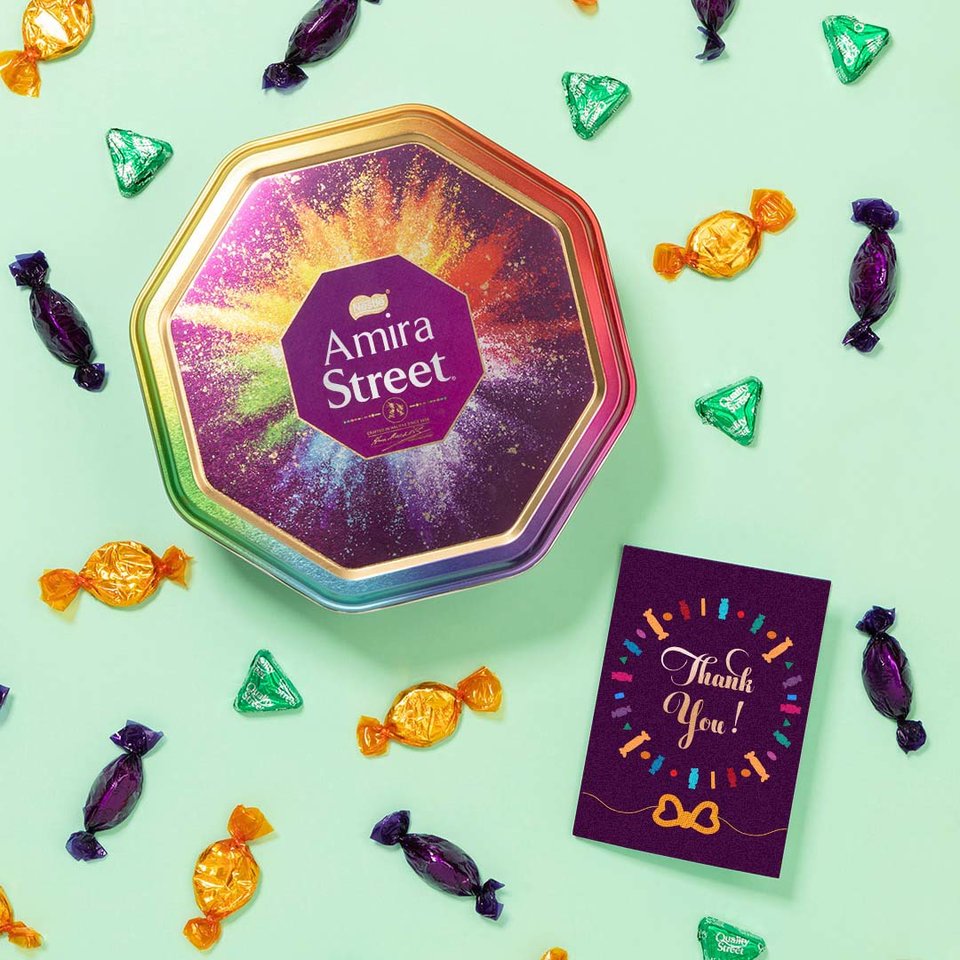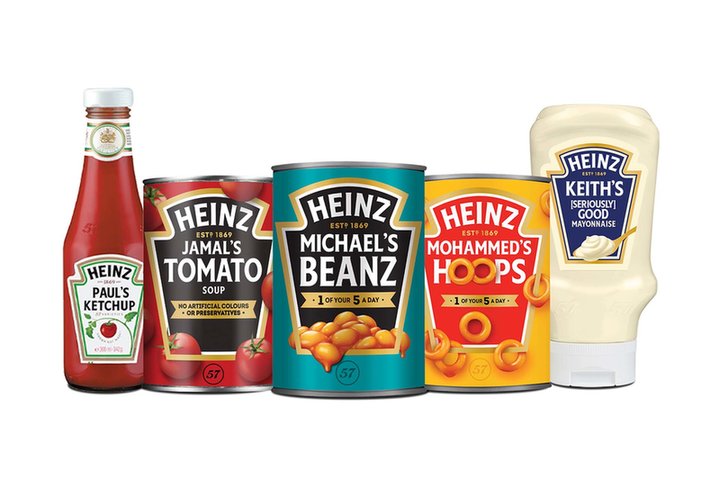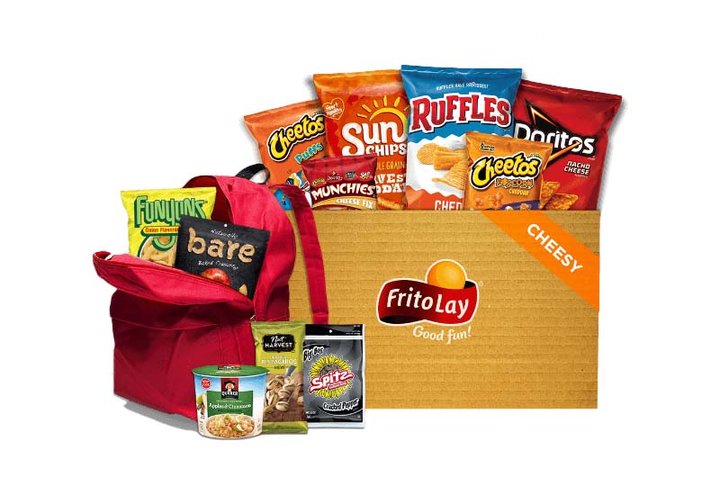
Direct-to-consumer
What can D2C deliver for Big Food?
Covid-19 sparked many major manufacturers to invest in D2C. But what now? Simon Creasey weighs up what might come next for direct-to-consumer.
E
veryone’s experience of Covid-19 differs greatly but one change in behaviour seen among the majority cooped up in their own homes during lockdowns has been online shopping. E-commerce sales soared across the globe as people were physically unable to get out to the shops. Some purchases were frivolous but, for many, online shopping provided a lifeline and enabled them to get their hands on valuable provisions like food.
One part of the grocery sector that benefited from this captive audience of shoppers was ‘direct to consumer’ (D2C) channels. D2C is not a new thing in the food and drink industry – dairies have been delivering milk to people’s doorsteps for decades and, in more recent times, the likes of Nestlé have built large D2C businesses with brands such as Nespresso.
However, in the last few years there has been a noticeable push from some of the big food groups to tap into the D2C sector, either through the acquisition of disruptive start-ups, or via the creation of their own D2C services – and some of these channels have been set up during the pandemic to capitalise on customers stuck in their own homes.
So, with direct-to-consumer sales having received a shot in the arm, are we on the cusp of a D2C revolution, and will we see large food companies ramp up their efforts over the coming months to drive significant revenue flows? Or is how they use D2C much more nuanced than just revenue generation?
Pandemic projects
One major food manufacturer that launched a D2C business at the height of the pandemic was Kraft Heinz. In April last year, the company unveiled Heinz To Home, which initially offered brand staples like baked beans and tomato soup. Heinz soon added a range of its best-selling sauces to the website, followed by meals and snacks for toddlers and then a personalised option for Father’s Day in 2020 allowing customers to order Heinz products with a name printed on the front of packs.
“The big step for us was really trying to make the platform a more personalised experience for customers and to push product that you can’t really find in the retail world,” explains Jean-Philippe Nier, head of e-commerce for Kraft Heinz’s businesses in the UK and Ireland. “We wanted to bring differentiation on the highest level because there’s absolutely no benefit for our customers in buying a single bottle of ketchup on Heinz To Home. They can do that at the supermarket.”

Nier says the company’s personalised packaging has been a hit with customers as have the gift sets not available in bricks-and-mortar retail. Another success story is the Christmas shop, which offered a limited edition ‘Christmas dinner in a can’ that sold out within hours. “We are doing a lot more brand experiences and unique products that you can only find on Heinz To Home to make this experience really personalised and really differentiated.”
He adds Kraft Heinz intends to make Heinz To Home a permanent fixture and will continue to offer more personalised products and limited editions.
Another food group that set up a D2C business during the pandemic is PepsiCo. In May last year, the company launched Pantryshop.com and Snacks.com in the US, enabling shoppers to order a selection of brands.
Mike Del Pozzo, senior vice president of sales and chief customer officer at PepsiCo’s Frito-Lay North America arm, says over the course of the pandemic consumer behaviour permanently changed – and so too has how e-commerce fits into the company’s wider business strategy.
“Even pre-pandemic, consumers wanted a shopping experience that was low-touch, faster and more convenient,” he explains. “This was intensified as they experienced difficulties purchasing their favourite snacks in a challenging environment. Internally, we were already discussing the need for a D2C platform, so we pivoted and launched Snacks.com in just four months.”
Del Pozzo says the service has been “incredibly successful”. Shoppers can buy more than 200 Frito-Lay products, including brands such as Lay's, Cheetos and Ruffles. Last year, the company experimented with a ‘make your own variety pack’ offering on Snacks.com that went viral on TikTok and, according to Del Pozzo, racked up more than 45,000 orders in a single day.
Existing players evolve
The pandemic has been a real change agent for businesses like PepsiCo and Kraft Heinz that did not previously have a significant D2C presence. It also caused some businesses that had existing D2C services to swiftly push through changes to their model in response to customer demand.
A spokesperson for McCormick & Co.’s Schwartz brands says the herbs and spices supplier saw “a demand spike overnight” for orders on its schwartz.co.uk site as the pandemic took hold. “We knew we had an important part to play in ensuring meals cooked at home during this time were still full of flavour – so we worked quickly to react to this spike in demand by adapting the technology and operational model the site was originally built on to improve shipping lead times and the consumer experience.”
Another business that has responded to customer demand and changed its D2C model is Nestlé. A spokesperson for the company says: “As consumers continue to evolve how they shop, it is important that we also evolve the way in which we reach our consumers with our products. E-commerce has grown strongly at Nestlé in recent years, above the industry. D2C is an important element of the many ways that we look to offer our products to consumers and will play a role in accelerating our broader ecommerce business.”
According to the spokesperson, Nespresso sales reached CHF5.9bn [US$6.34bn] in 2020, with organic growth accelerating to 7% – the highest level in the last six years. In October last year, the company also launched an online store for Quality Street, allowing consumers in the UK and Ireland to buy bespoke tins of confectionery – they can select up to six different sweets and personalise their tin with a name of their choice and have it delivered straight to their door.
It doesn’t end there. In November 2020, Nestlé acquired a majority stake in UK recipe-box company Mindful Chef and, in February this year, bought UK recipe-kit company SimplyCook. And that may not be the end of its spending spree.
“With the increasing interest of consumers in food as well as subscription services, Nestlé continues to invest in digital-first businesses which offer significant growth opportunities,” says the company spokesperson.
“With the increasing interest of consumers in food as well as subscription services, Nestlé continues to invest in digital-first businesses which offer significant growth opportunities,” says the company spokesperson.
Benefits beyond revenue
While the world’s largest food maker is generating impressive sales through Nespresso, for many businesses, D2C is not really centred on revenue generation. There can be other benefits manufacturers can derive from having a direct relationship with their customers.
The spokesperson for Schwartz says D2C is an “important revenue stream” for the business but adds: “Arguably more valuable are the insights D2C provides, enabling us to get closer to our consumers than ever before and supporting the Schwartz goal of driving long-term growth in flavour. For example, we have built D2C into our innovation strategy, utilising the channel to springboard innovation concepts before launching them into the wider market. This approach enables us to prioritise and adapt innovation to launch the most optimised version of a product by learning from the consumer feedback and data D2C gives us access to.”
It’s about innovation, it’s about marketing and, of course, it’s about selling
Maria Castroviejo, senior food and agri-business analyst at Rabobank, underlines how D2C isn’t just about generating additional sales through another channel.
“It’s about innovation, it’s about product development, it’s about marketing and, of course, it’s also about selling, in particular for niche products,” she explains.
Castroviejo says large food companies have to be careful about going too aggressively down the D2C route for fear of upsetting retailers, as that’s where the overwhelming majority of their sales come from.
However, she adds: “They can’t ignore e-commerce because otherwise they would be losing part of one of the [most important] developments in the industry and they would be losing a substantial part of what is happening and what is changing. That’s why all of the large food companies are interested [in D2C] because it is growing, it is new and it can offer a lot of advantages.”
Hamish Renton, managing director at UK-based international food and drink consultancy HRA Global, agrees manufacturers have to “walk a bit of a tightrope” when creating a D2C channel. “Retailers don’t like it because it’s a new competitor for them as the customer is going around them and it’s also given the food manufacturers a direct dialogue with shoppers,” he says. “That has given them some interesting options when it comes to things like market research.”
A “year of evaluation” ahead
Renton believes there’s been a “bit of spray and pray” during the pandemic with food manufacturers launching different D2C business models to see what sticks. He sees the biggest potential threat to future expansion of the channel being “the big food groups get back on the retail bus again and they can meet their volume ambitions through [bricks-and-mortar] retail and they conclude: ‘do we really want to bother doing this?’”
To make Heinz to Home a major revenue stream for Kraft Heinz will take a lot of investment and time, Nier concedes. “We haven’t built a proper scalable business in 18 months,” he says. “It will take years and years probably to get it to be a big revenue generator. I think for us, the main objective is really to use this platform as a brand experience and get closer to our consumer.”

It may not be a significant revenue generator for PepsiCo at the moment in the grand scheme of things but Del Pozzo is happy with the way the company’s D2C service has grown in such a short period of time.
“What we thought were aggressive e-commerce growth goals pre-pandemic, we’ve achieved four years ahead of schedule,” he says. “This is largely because we shifted our focus and vastly accelerated our investments in online fulfilment and planning. This is something we’ll continue to double down on as a business, because we don’t anticipate that the acceleration of e-commerce will slow down.”
D2Cs need to offer something unique and exciting to make them a success
Nor does McCormick. Its spokesperson says accelerating the businesses’ D2C presence across the EMEA region is a “key ambition” and it is exploring several different models at the moment.
“We have recently launched a new direct to consumer site in a rapid seven-week turnaround [hotsauceclub.com], featuring Frank’s and Cholula with the aim to build a community around flavour and heat; part of our test and learn ambitions,” they explain. “Personalisation and innovation will also be a key part of our strategy to build momentum. D2Cs need to offer something unique and exciting to win with consumers and make them a success. We are very excited about the future of direct-to-consumer in EMEA and how it can continue to bring us closer to our consumers.”
As things stand, none of the major food groups that have recently branched out into the D2C space see it being a major generator of revenue for their business in the short term at least, but it is clear the pandemic has caused many of them to take a closer look at the benefits selling directly to consumers offers them and, as a result, Rabobank’s Castroviejo thinks 2022 will be a year of evaluation for many businesses.
“I think they will remain highly interested in D2C, but I also believe that, at a certain moment, these large corporates need to take a good look at what they have, what they are doing, what works and what does not work, as with any other process. Depending on where they are and depending on the opportunities, we still may see more acquisitions and more organic development,” she says.
“If you asked me is D2C going to be a substantial part of their revenues, I think it will not be. I think for most of the large companies the route to the consumer, via retailers and via wholesalers, will remain the bread and butter of their business. But D2C is not only about creating revenues. It is also about many other things and what happens there [in their D2C channel] will help them to make strategic decisions that can be relevant for all channels.”